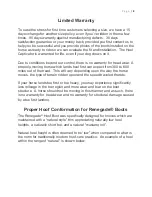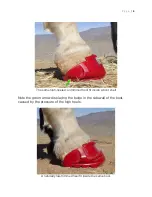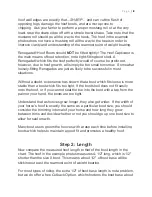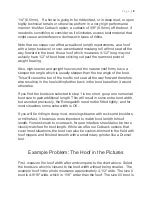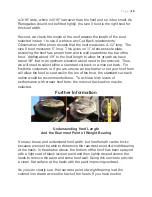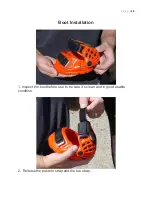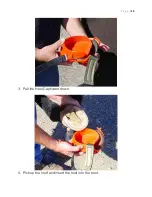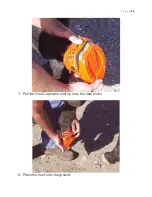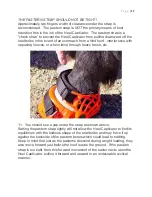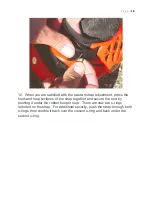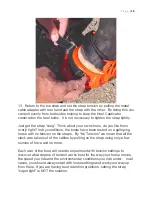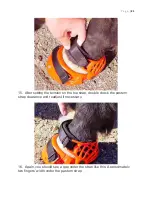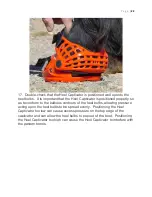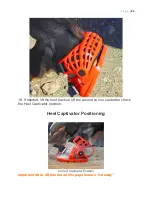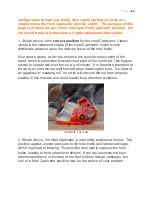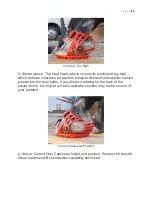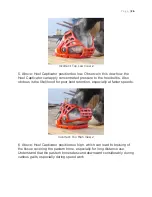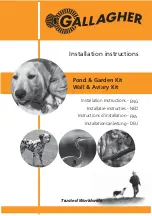
P a g e
|
11
projecting an imaginary line onto your tape measure, you can apply a piece
of masking tape or duct tape onto the hoof with the back edge of the tape
aligned with the heel.
Another way to look at this is to imagine for a moment you applied wet
paint to the bottom of your horse’s hoof and then walked him across a
smooth hard surface. When looking at the hoof prints left behind by the
wet paint, the rearmost point of weight bearing would correspond with the
rearmost point of the print, but not counting any print left by the
frog.
(We’re not recommending you measure the hooves with wet paint,
but this may help serve as a mental example to help understanding.)
In addition, we need to discuss heel shape, as most heels won’t be nice
and flat with crisp edges as depicted in the photos above. Somewhat
rounded-off heels are more typical, especially for those horses landing heel
first, which is natural. Some trimmers will also intentionally round the heels
to help promote a heel first landing and to help mimic the rounded heels
found in the wild hoof using a trimming techni
que known as a “Reverse
Breakover”. Such trimming methods are recommended and will not
negatively impact the fit of the boot.
Fortunately, the measurement does not need to be an exact science. The
closest estimate to the rearmost point of weight-bearing is sufficient for the
purposes of measuring and sizing.
Installation and Removal of the Renegade® Hoof Boot
Always install hoof boots in a clear area and have somebody assist you in
holding your horse. It is not recommended that you tie your horse during
boot installation. If your horse is not already used to wearing hoof boots,
let him spend some time doing so while turned out in an arena or similar
enclosure with the boots installed until you are satisfied your horse is non-
reactive toward wearing them.
Seek the help of an equine professional if you are unsure about your safety
when using, installing or removing hoof boots.


